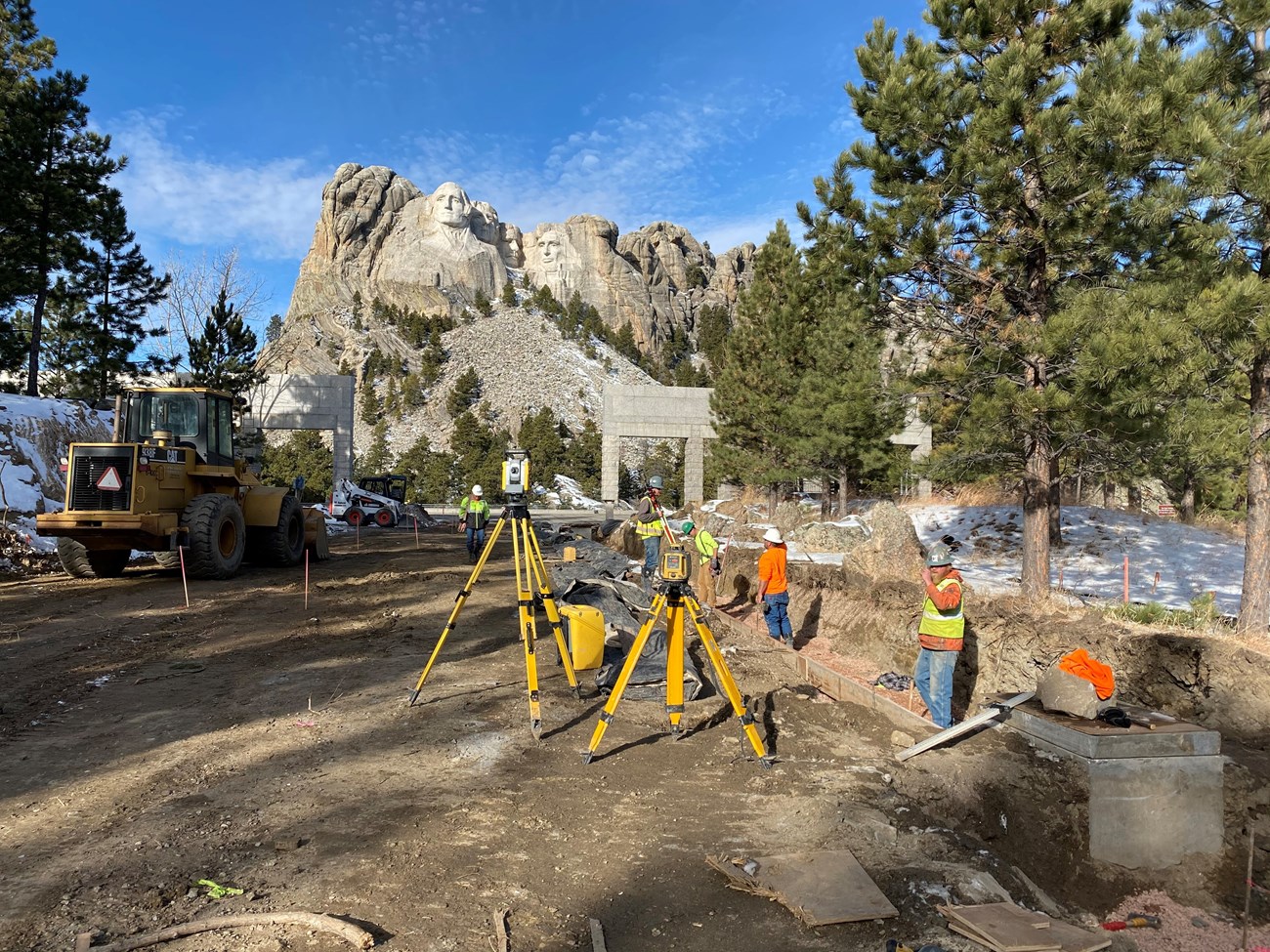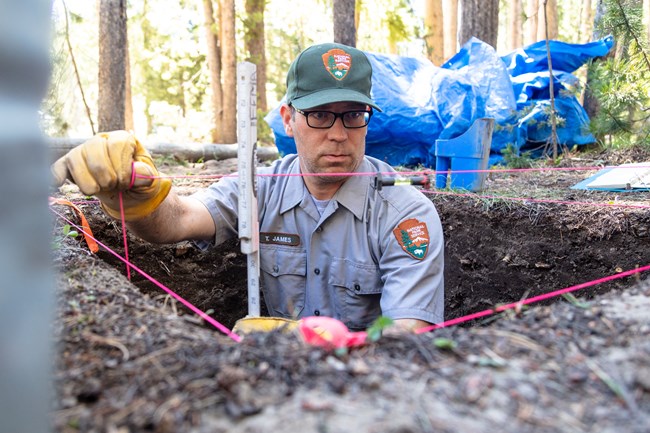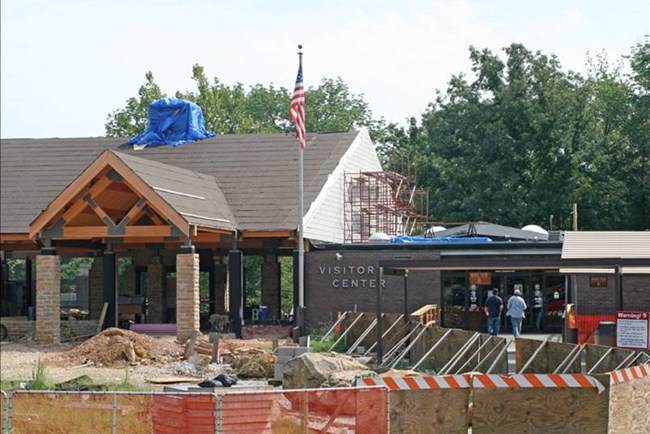Last updated: May 10, 2021
Article
Protecting Parks, People and the Planet

NPS
For the National Park Service (NPS), construction planning is more than an important tool to accommodate park visitors, it is a process that helps us combat climate change, create adaptive and resilient environments, and preserve the natural and historical places parks protect.
To accomplish those goals, the NPS employs highly trained project managers, architects, contract specialists, engineers, landscape architects, planners, and resource specialists who work together to ensure park construction projects not only meet the needs of visitors but also protect the parks they travel to see. Many of these experts work in the NPS’s primary planning, design, and construction project management office, the Denver Service Center.
Staff at the Denver Service Center coordinate projects in three phases. They are:
-
Planning
-
Design
-
Construction
We follow this process on a variety of projects that include park roads and bridges, water and electric utilities, paved multi-use trails, and buildings such as bathrooms, ranger stations, offices, and visitor centers.

NPS / Jake Frank
Planning
The NPS recognizes park construction projects need to make sense for visitors, the environment, and for the funders who pay for them. To that end, the NPS begins planning by assessing whether and how to support project costs. As the NPS identifies projects that contribute to our mission, we work to identify sources of funding for design, construction, and maintenance throughout the project’s lifecycle.
This kind of planning plays an important role in determining whether and when we build new structures or replace older facilities. We rely on visitor use management plans and economic analysis to make sure we achieve the lowest lifecycle cost. These plans also help prepare to meet high environmental, energy performance, reliability, quality, safety, and park protection thresholds.
If we determine that construction is the best way to serve park visitors and identify means to support it, we then study the project to confirm it will not harm the park. We complete tests including geotechnical (ground testing) and hydrological (groundwater) surveys as well as detailed current condition assessments. If these studies confirm the work will help protect the park, architects and engineers begin the design process.

NPS
Design
As architects and engineers begin work on blueprints, they frame the design process around:
-
protecting nature and history.
-
serving park visitors.
-
ensuring accessibility.
-
conserving energy.
-
preventing pollution.
-
ensuring adequate defensible space for wildfire safety.
-
fostering education about sustainable design and practices.
NPS subject matter experts do this by reviewing the most current, private sector building standards and integrating them into our designs. The NPS is committed to designing and building throughout the national park system using sustainable practices and materials, incorporating climate change science, and focusing on adaptation and resiliency strategies into park planning, and investment decisions.
Some NPS buildings are designed for infrequently visited and remote areas and others are planned for more frequently visited areas. No matter where they are, we ensure all NPS facilities are built so that visitors will find them welcoming and accessible.
Besides meeting these strict standards, the resulting design must also be compatible with its surroundings. After the NPS accomplishes this, we solicit proposals from industry, select a company to complete the work, and work with them to begin construction.

NPS / Mike Adams
Construction
NPS subject matter experts serve as liaisons between park staff and construction contractors. NPS staff manage the contract ensuring work adheres to strict standards that protect the environment near the project and make sure the contractor follows building codes and other high standards of sustainable design and functionality mentioned earlier.
Our team of professionals works with park and regional staff to meet the unique needs of every unit of the national park system. These subject matter experts provide services in project management, quality assurance, compliance, permitting, and technical support services for construction on new and existing facilities, historic structures, and infrastructure systems. This continues through all the phases of a typical five-year design and construction process.
Conclusion
The results of these efforts are environmentally responsible projects that help enhance experiences for all park visitors. The NPS can only accomplish this thanks to the hard work and dedication of the many specialists who apply their experience to ensure the NPS lives up to our mission to conserve parks’ natural and historical values for visitors while preserving them unimpaired for the enjoyment of future generations.
